

Container refers to a large loading container with a certain strength, stiffness, and specifications specially designed for turnover use. The characteristics of containers are that they have a uniform format and can be stacked layer by layer. Therefore, they can be placed in large numbers on ocean-going ships. It can provide manufacturers around the world with high-volume shipping services that are cheaper than air freight. Moreover, used containers to transship goods, we can load the goods directly at the shipper's warehouse and transport them to the consignee's warehouse for unloading. When we need to change vehicles or ships midway, we need "t to take the goods out of the box and change them.
To better provide customers with trade references, in this article, CSMC will use pictures and text to display container-related contents vividly. We hope this is helpful to our customers.
A container is a kind of cargo transportation equipment that is easy to use for mechanical loading and unloading and can be used repeatedly for a long time.
So, how can we distinguish different containers? Each container has a unique identification number, which we call a box number or container number. The box number is an 11-digit number. The first four digits are letters, and the last seven are numbers.
For example: "UESU3002469", the first three letters are the container owner (shipping company or container leasing company) code, the 4th letters are all U, the next six digits are the serial number, and the last digit is the check code. The counter number is used in multiple processes, such as customs declaration, document preparation, and warehouse receipt entry.

Container Number
To ensure the safety of the cargo, each container will be equipped with a seal. The seal is equivalent to a lock on the container. The seal can only be used once and will be damaged when opened. Moreover, the seal number on each seal is unique. Seals are classified according to the method of application. Seals can be divided into factory seals, customs locks, ship seals, and temporary dock seals.
Since the goods that need to be transported vary widely, the types of containers are also divided into many types. For example, according to the types of goods loaded, there are general cargo containers, bulk containers, liquid cargo containers, etc.; according to the composition and structure, there are folding containers, sealed containers, open-top containers, plate rack containers, etc.; according to different uses include dry containers, reefer containers, dress hanger containers, flat pack containers, tank containers, etc.
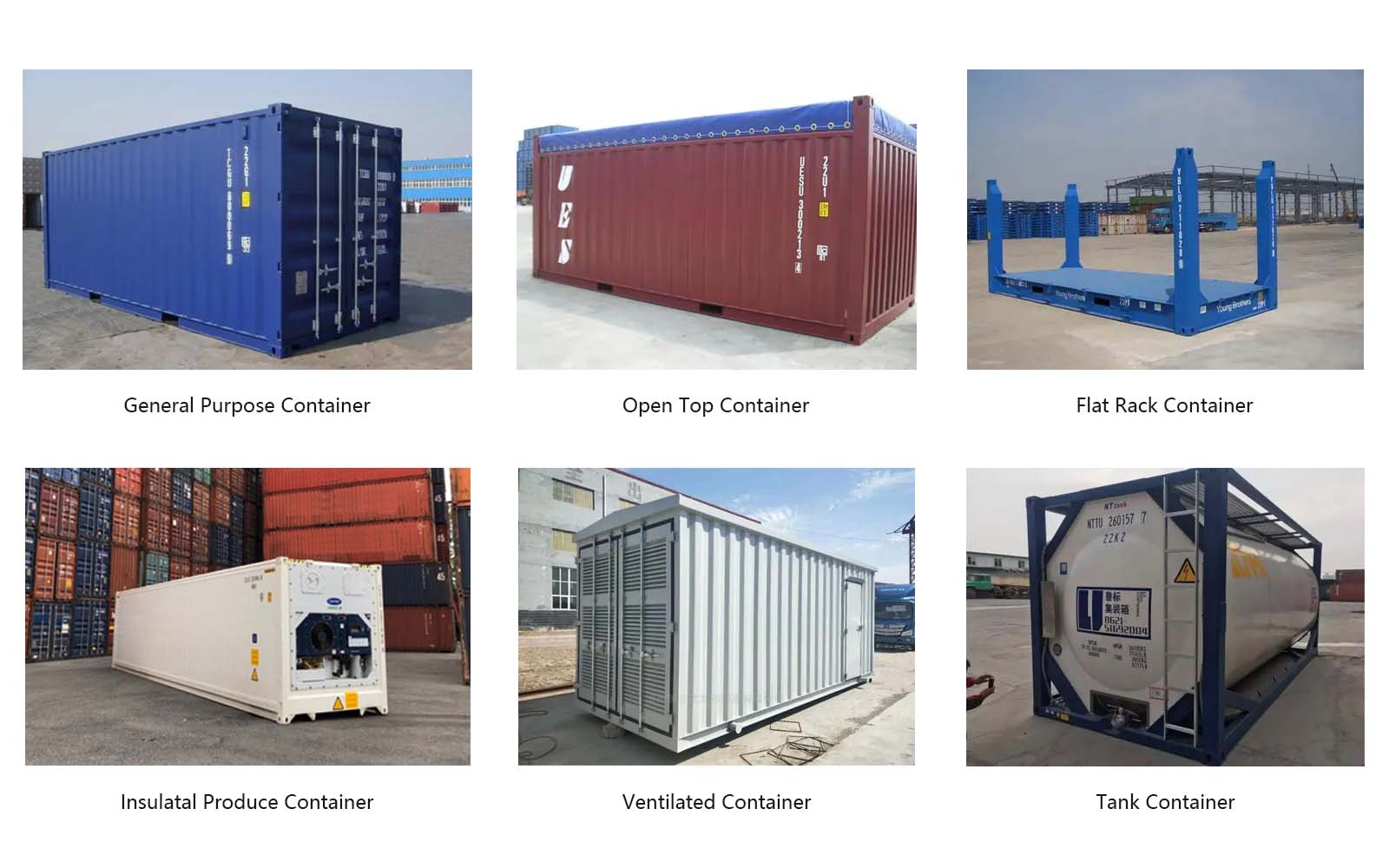
Container Type
Apart from cargo, ships and containers have the closest relationship. Shipping companies use containers to transport sellers' goods to buyers on the other side of the ocean and ensure the safety of the goods. In China, there are many shipping companies. In actual trade activities, most freight forwarders contact shipping companies. CSMC only lists a few larger shipping companies for reference on this page.
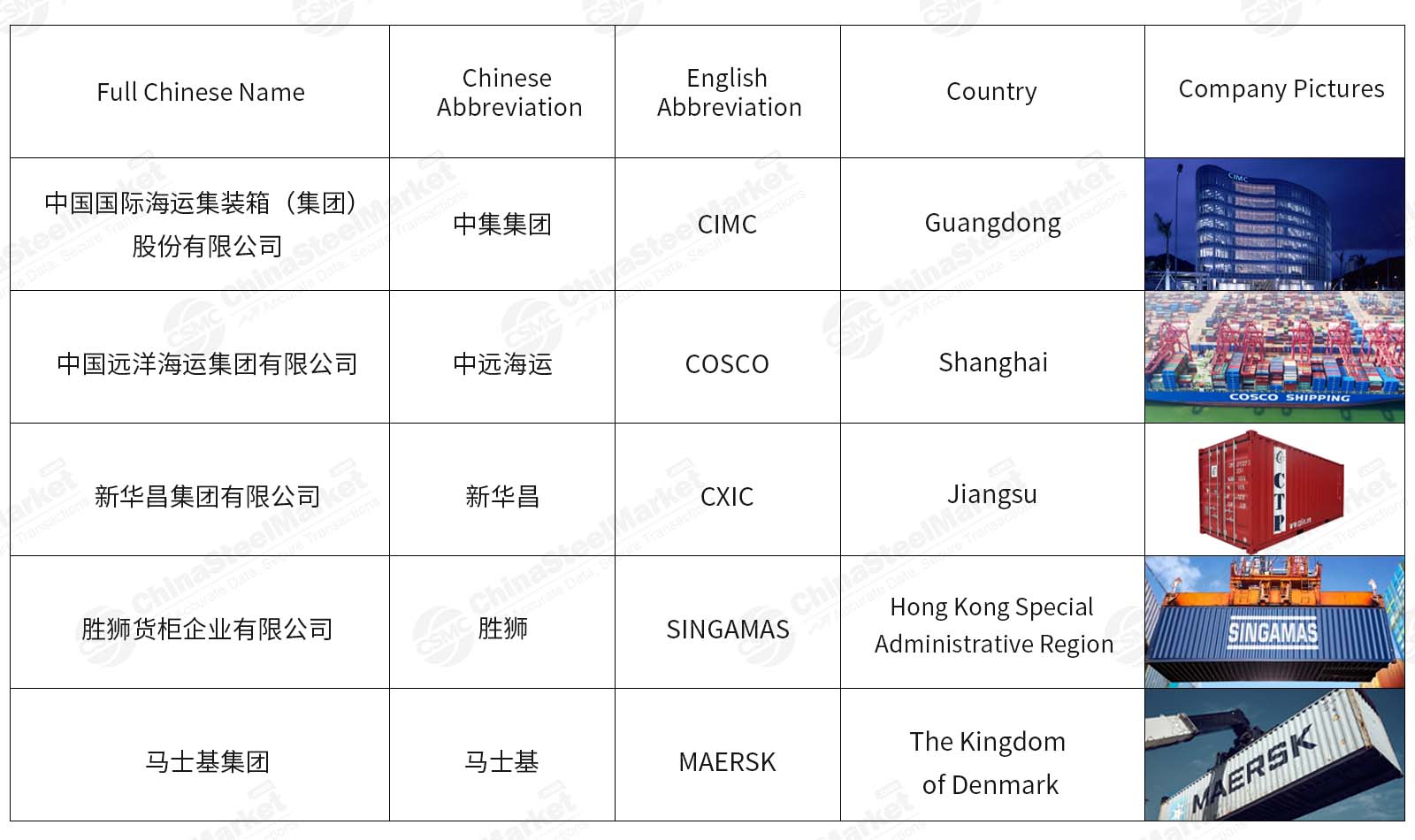
Container Shipping Company
In addition, in actual trade activities, the size of the container is also very important. The seller or buyer needs to choose the right container according to the goods to transport the goods appropriately. CSMC will provide detailed container-size content in the pictures below and hopes this will be helpful to customers.
There are three series of international standard containers and thirteen specifications. The most commonly used types in international maritime container transportation are IAA type (i.e. 40 feet) and IC type (i.e. 20 feet). The IAA-type container is a 40-foot dry cargo container with a capacity of up to 67.96m3, a general dead weight of 3800kg, a deadweight of 26.68 tons, and a total load capacity of 30.48 tons. IC type is a 20-foot container with an internal capacity of 33.2m3, a dead weight of generally 2317kg, a deadweight of 17.9 tons, and a total load capacity of 20.32 tons.
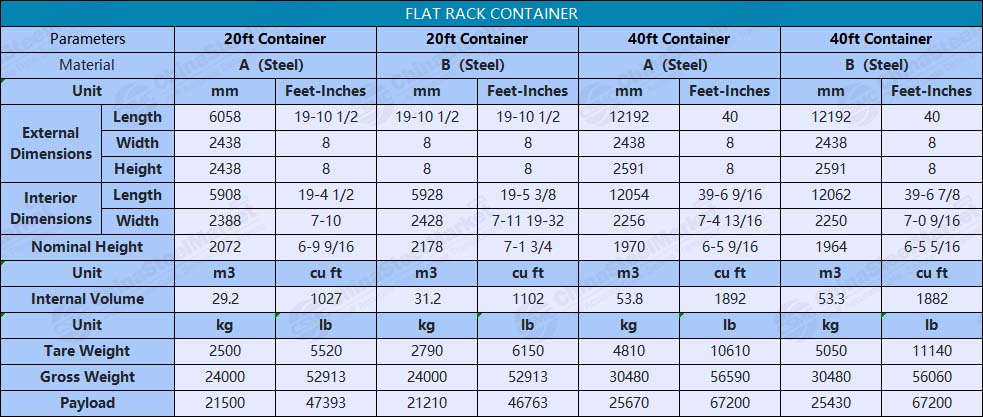
Picture 1
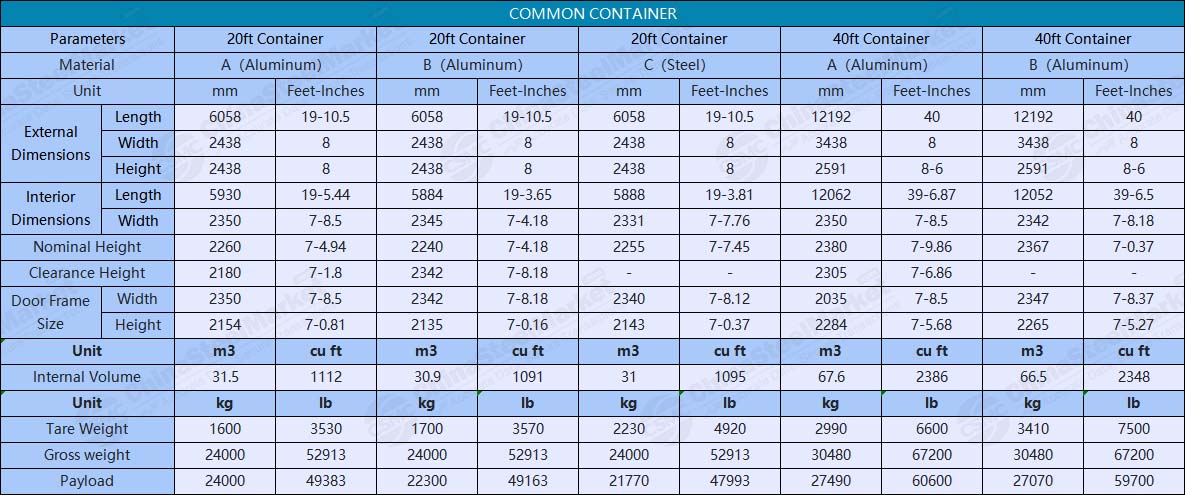
Picture 2
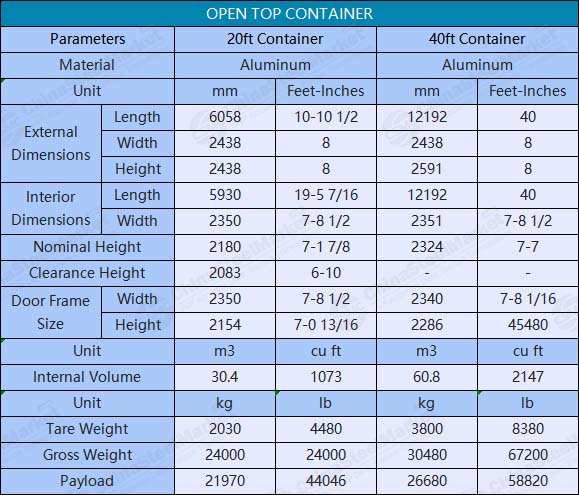
Picture 3
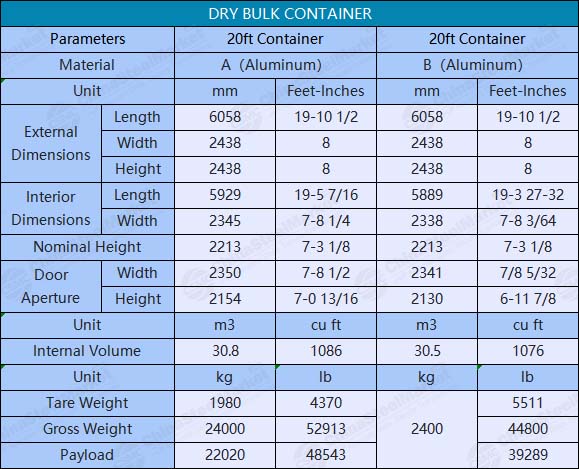
Picture 4
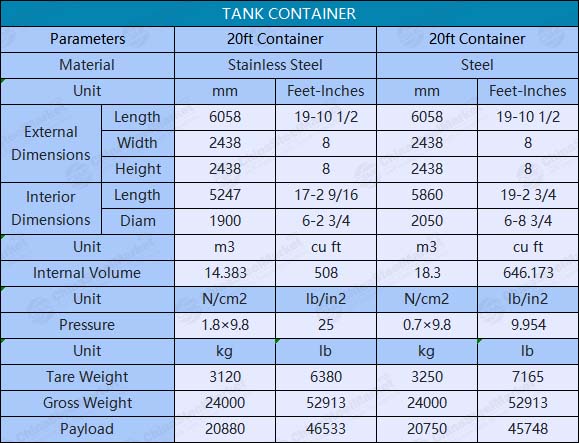
Picture 5
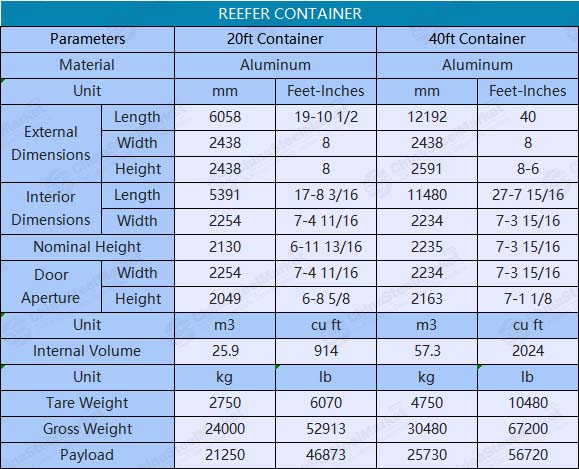
Picture 6
For international trade, there are many formalities required to transport goods and take them away.
1. Schematic Diagram of Container Export Procedures
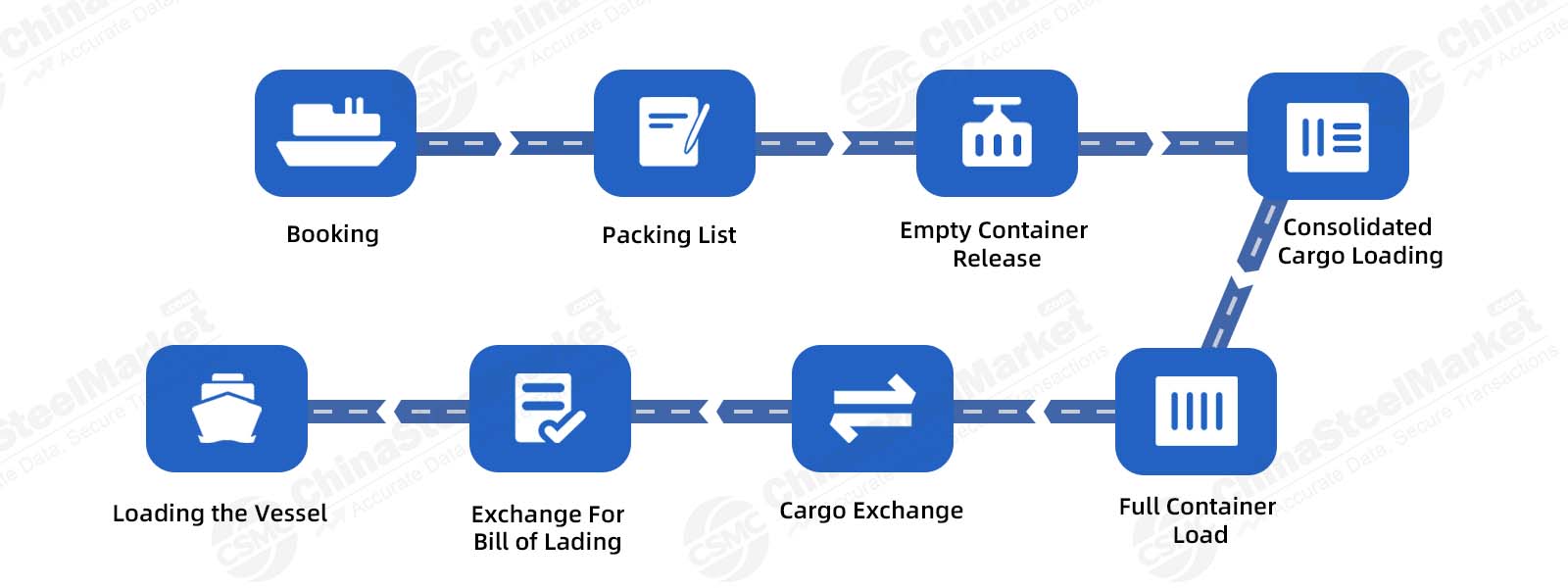
Export Process
2. Schematic Diagram of Container Import Procedures
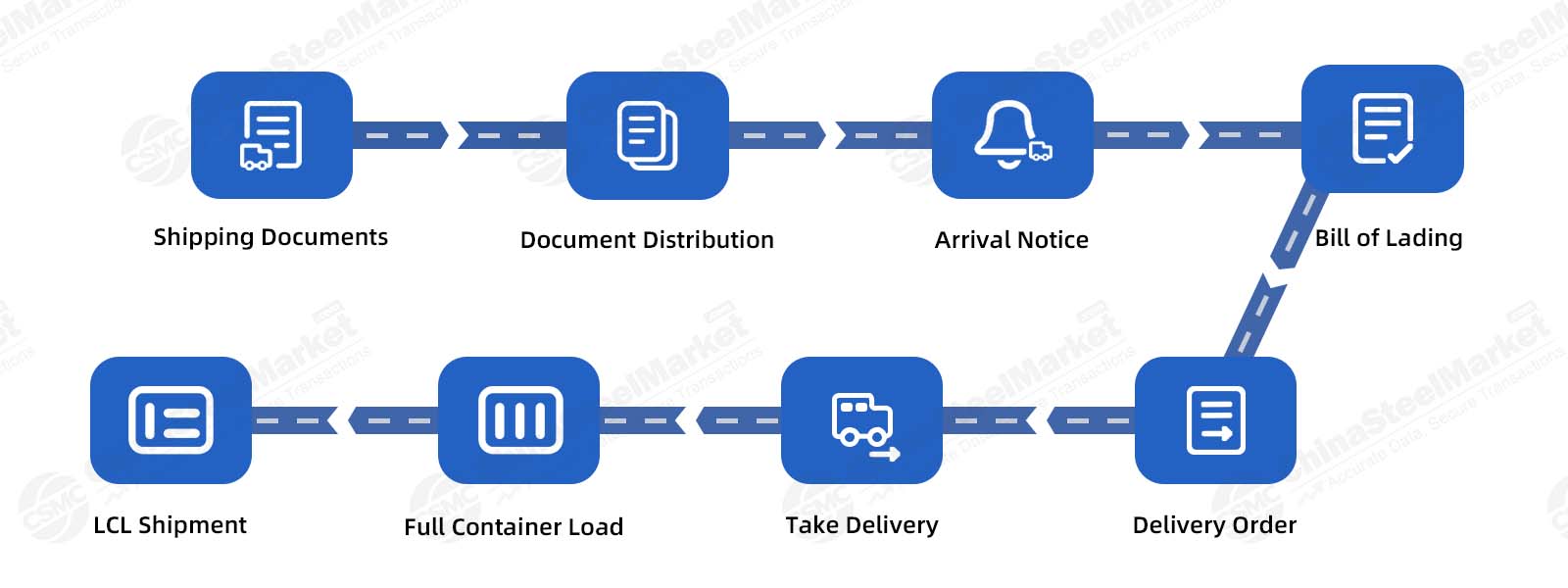
Import Process
With the continuous development of the world economy, containers have played an important role in international trade. Containers greatly reduce the cost of trade. Because the container has enough strength, it can be used repeatedly for a long time. Since the cargo is placed in the container, loading and unloading becomes easy. Containers can be stacked in ports and ships, saving much space.
If you have any corrections, please contact the editor: gianna@chinasteelmarket.com
Editor: Gianna, Hana
Mail: gianna@chinasteelmarket.com




|

|

|

|

|
| Timely Info | Independent | Platform | Multiple guarantees | Self-operated storage |
| About us | Channel | Useful tools |
|---|---|---|
| About China Steel Market | Prices | Steel Weight Calculation |
| Contact Us | Answers | Why Choose Us |
| Terms & Conditions | Inventory | |
| Privacy Policy | Help |
Hot search words: